Fire and Ice: The Titanic's Top 10 Weirdest Conspiracy Theories
What really happened to the ‘unsinkable’ Titanic? The steamship apparently hit an iceberg on April 14, 1912, as it sailed to New York - or did it? An iceberg collision wouldn’t explain why the ship split in half or why there weren’t enough lifeboats to rescue all of the passengers.
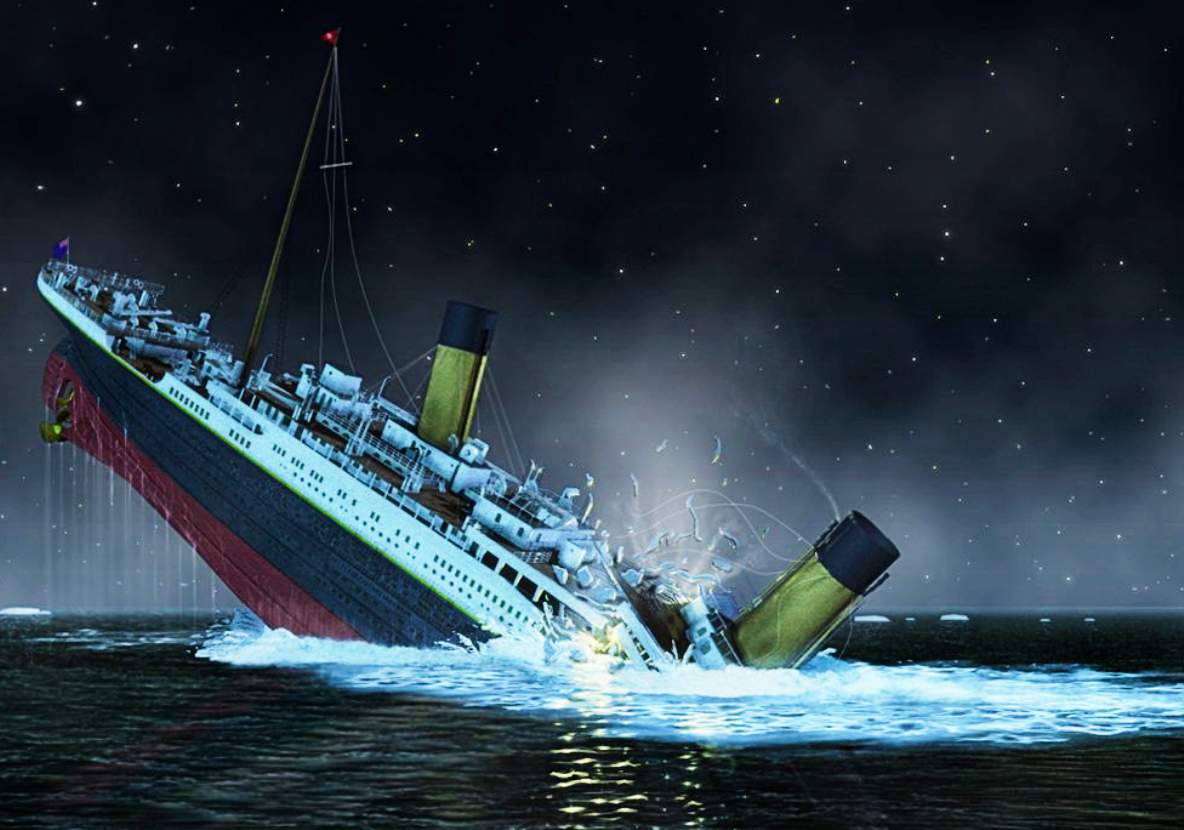
Here are 10 of the craziest theories about The Titanic’s fate - and one idea that emerged a century later that offers an offbeat explanation about the mysterious sinking.
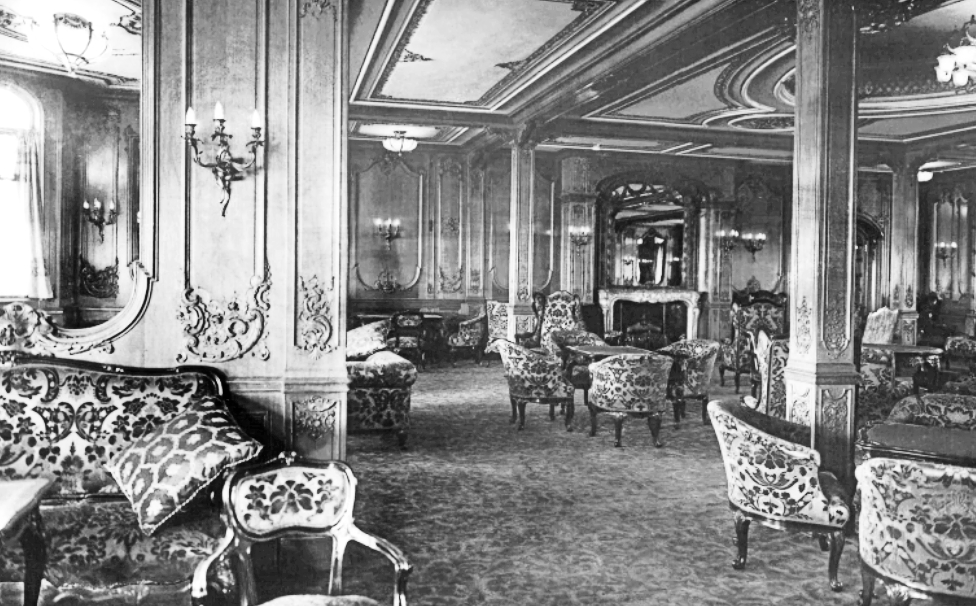
10. It was an inside job to collect the insurance money
Conspiracy theorist Robin Gardiner has an unusual idea - The Titanic didn’t sink. Instead, its sister ship RMS Olympic was disguised as The Titanic in an insurance scam by her owners, the International Mercantile Marine Group, controlled by American banker J.P. Morgan. Ultimate Titanic disagrees with Gardiner, however, pointing out that The Titanic’s construction materials bore the number 401. The Olympic's parts were stamped 400. Only materials numbered 401 were recovered in the wreckage.
"The brand new social experience where you activate your gaming skills as you train like a spy."
- TimeOut
Take on thrilling, high-energy espionage challenges across different game zones.

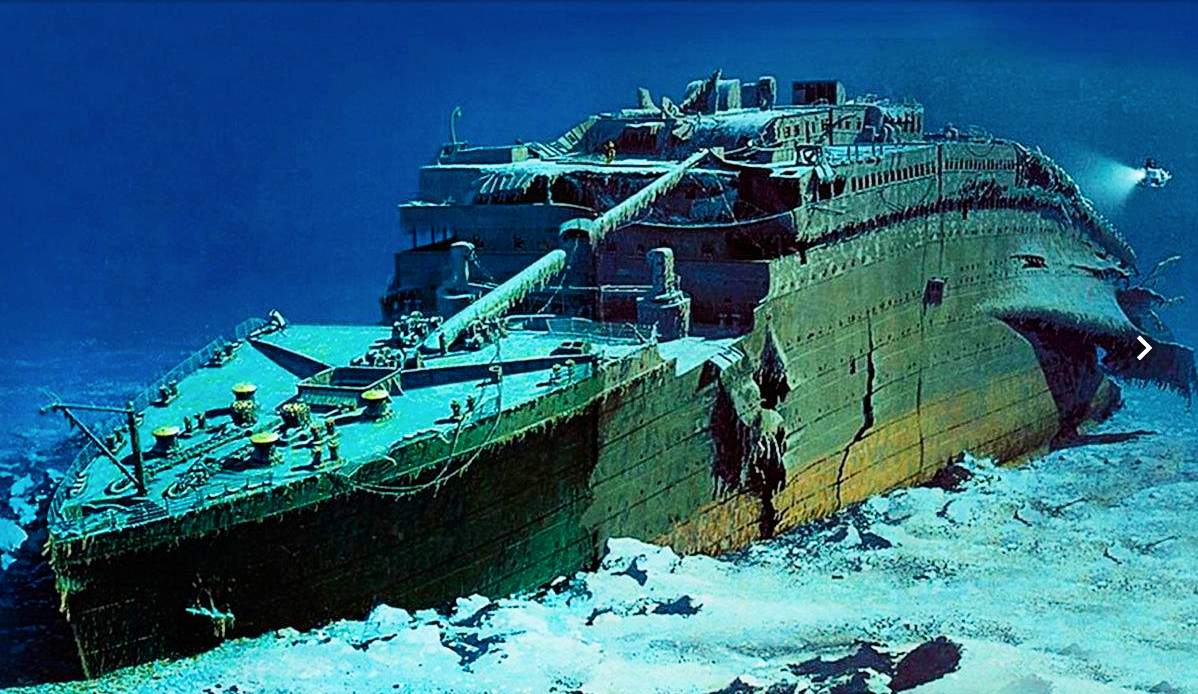
9. The Titanic’s sinking was part of an elaborate murder plot
Some blame J.P. Morgan anyway, claiming the banker arranged an elaborate murder. As the theory goes, Morgan wanted to create a US Federal Reserve Bank which was opposed by his rivals - millionaires John Jacob Astor, Benjamin Guggenheim, and Macy's Isidor Straus. All three rivals were aboard The Titanic. (Guggenheim and Straus apparently went down with the ship. Astor's body was later recovered.) Author J. Kent Layton finds the murder theory unworkable, however - there’s no evidence and no one has admitted playing a role: "Conceivably, any one or all three could have ended up surviving a disaster. So why bother?”
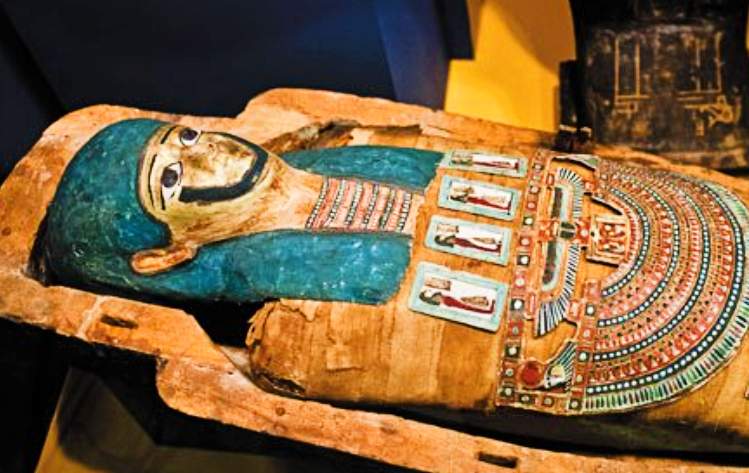
8. The cursed mummy theory
The Titanic supposedly sank to its grave carrying a cursed mummy in its hold - that’s the theory, anyway, and the tale has been around for a century. It seems the mummified Egyptian princess also left a trail of devastation across England in the 1900s after being excavated and moved. Alas, Charles Haas of the Titanic International Society accessed the ship’s cargo manifest in 1985 and there was no mummy aboard - cursed, or otherwise. Curiously there were large stocks of raw feathers, hatter’s fur, and rabbit hair, but no mummies.
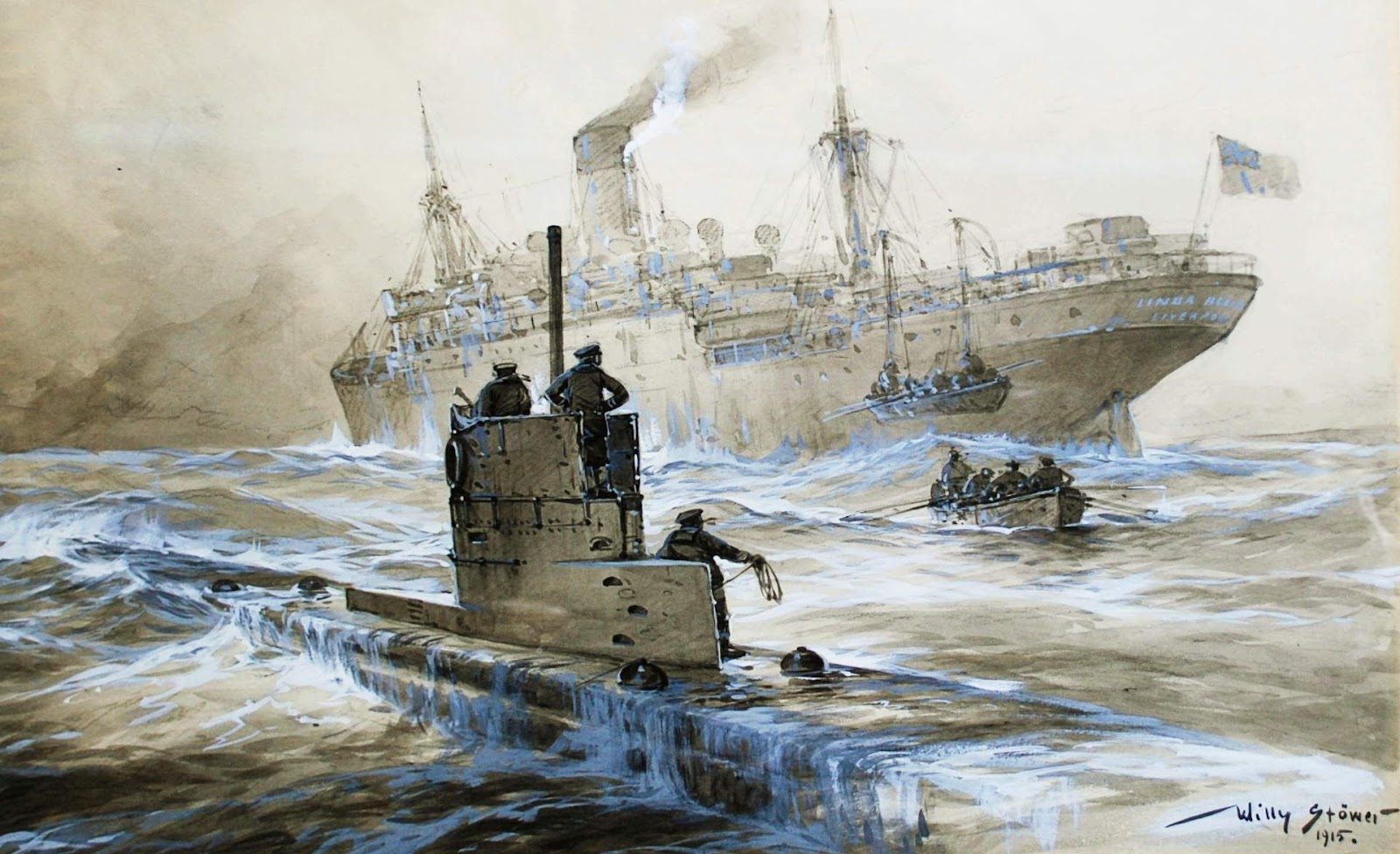
7. A German U-boat torpedoed The Titanic
Although WWI hadn’t yet started, suspicious minds suggest a German U-boat could have attacked the British ship. Some survivors reported a vessel lurking miles away until the early morning. "The sub may have deliberately targeted the luxury liner or possibly accidentally collided with it," according to a Huffington Post columnist. There’s no proof, however. Critics of the theory also point out that the German U-boat attack on RMS Lusitania in 1915 caused the ship to sink in 18 minutes. It took 2 hours and 40 minutes for RMS Titanic to go under.

6. The sinking was the result of sabotage
Belfast shipbuilders Harland and Wolff have been the focus of several conspiracy theories. As one story goes, Catholic workers were horrified that the ship's hull number - 3909 04 - seemed to spell out: ‘No Pope'’ if read backward, so they sabotaged the ship. The trouble is, The Titanic was assigned to yard number 401 and her official Board of Trade designation was 131,428, so ‘3909 04’ seems to have been plucked out of the sky. Also, the company was almost exclusively staffed by Protestants, writes Annie Caulfield, author of Irish Blood, English Heart, Ulster Fry.
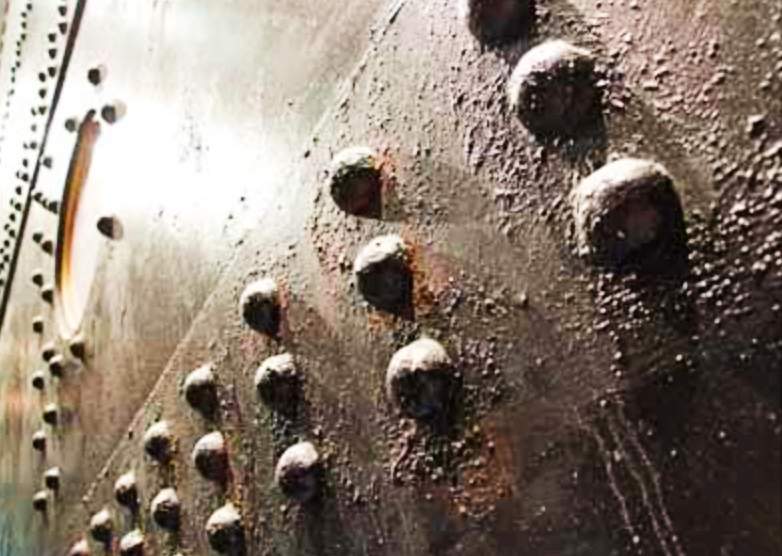
5. Substandard rivets were used to cut costs
Harland and Wolff are also blamed for using substandard materials to save money during construction - even though there was no limit on the budget to build the luxury liner. Supposedly, they used wrought iron rivets - mechanical fasteners - instead of steel rivets. As there were 3m rivets in The Titanic’s hull, the theory is that the lower-grade standard rivets were brittle in cold temperatures and popped off when the steamship hit an iceberg. Suspicions of rivet failure have haunted The Titanic for a century but they are still just that: suspicions.
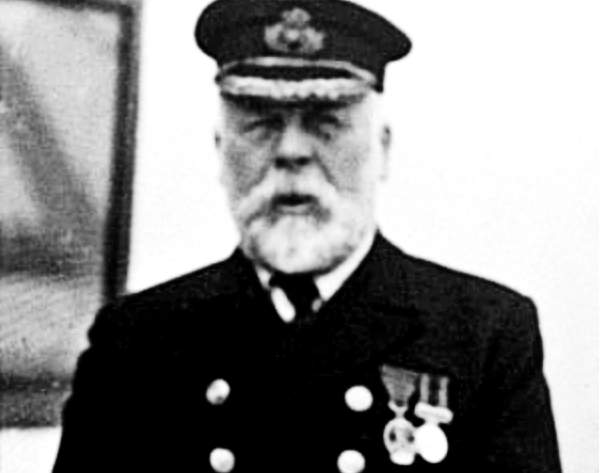
4. The Titanic’s captain was under pressure to create a new speed record
Was Captain Edward Smith pressured to set a speed record for the quickest crossing of the Atlantic? There’s no evidence that his boss, White Star Line CEO Joseph Ismay, piled on the pressure. Paul Louden-Brown, author of The White Star Line (2000) believes it is unlikely. Still, it’s a juicy theory.
It didn’t help that Ismay jumped on the last lifeboat to leave The Titanic while 75 percent of the third-class passengers were drowning. Titanic Captain Edward Smith's body was never recovered. His final moments remain a mystery with no shortage of conspiracy theories and conflicting accounts.
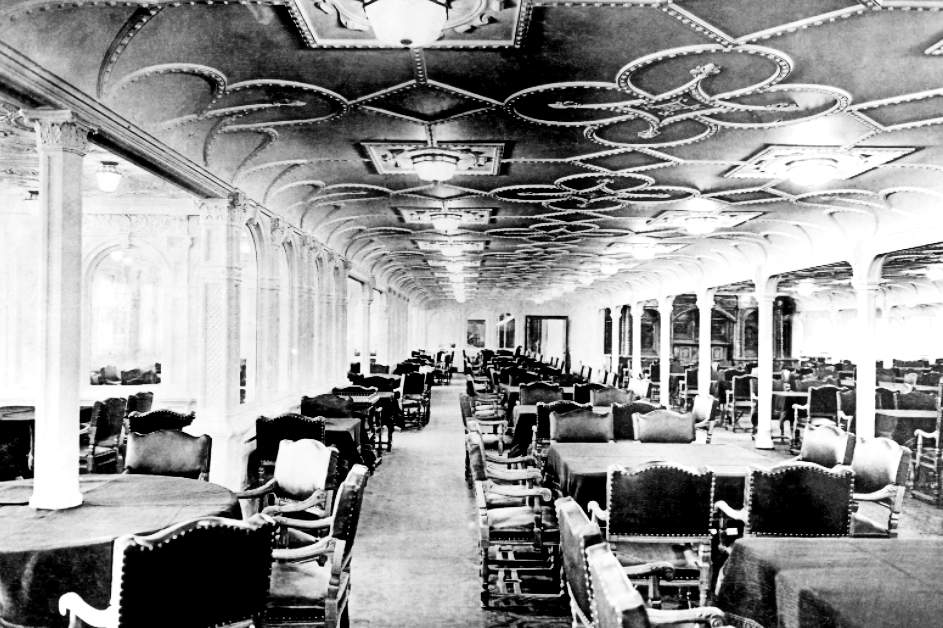
3. The official inquiries were a Freemasons' whitewash
An American investigation held in 1912 found that the sinking of The Titanic was an ‘act of God’ - which, in legal terms, means a natural hazard outside human control. The British inquiry found that The Titanic disaster was caused by a collision with an iceberg, ‘brought about by the excessive speed at which the ship was being navigated’. The British also decided there was no truth to allegations that third-class passengers were locked below decks. Neither inquiry blamed The Titanic’s owner for negligence, however, leading to theories that the government inquiries were a whitewash orchestrated by Freemasons.

2. The coal fire theory
The coal fire theory is one of the more interesting ideas. Robert Essenhigh, an Ohio State University engineer, is of the opinion that a pile of stored coal could have been smoldering so it was added to the furnace to reduce the fire danger. That, in turn, led to the unsafe speeds as The Titanic raced into the iceberg-filled ocean. Even if the theory is correct and The Titanic set off from Southampton, England with one of its bunkers ablaze (or spontaneous combustion occurred while sailing), would fire be a game-changer? “It's my personal opinion that it didn’t make a difference,” the former secretary of the British Titanic Society David Hill told The Times.
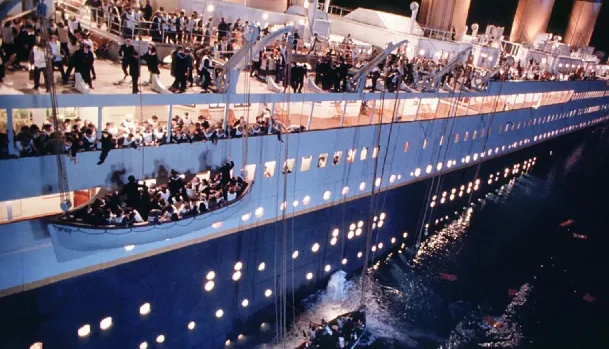
1. The ‘perfect storm’ theory
Here’s one of the more interesting theories: What if the fire inBunker Number 6 was part of a perfect storm of events that sank The Titanic - a combination of fire, ice, and criminal negligence? Irish journalist and author Senan Molony believes a substantial fire could have weakened sections of the hull, making it impossible for The Titanic to withstand the impact of an iceberg. The influence of the fire was downplayed in the original inquiry into the disaster but it wasn’t entirely discounted…
SPYSCAPE+

Join now to get True Spies episodes early and ad-free every week, plus subscriber-only Debriefs and Q&As to bring you closer to your favorite spies and stories from the show. You’ll also get our exclusive series The Razumov Files and The Great James Bond Car Robbery!


Gadgets & Gifts
Explore a world of secrets together. Navigate through interactive exhibits and missions to discover your spy roles.
Your Spy Skills
We all have valuable spy skills - your mission is to discover yours. See if you have what it takes to be a secret agent, with our authentic spy skills evaluation* developed by a former Head of Training at British Intelligence. It's FREE so share & compare with friends now!
* Find more information about the scientific methods behind the evaluation here.


Stay Connected
Follow us for the latest
TIKTOK
INSTAGRAM
X
FACEBOOK
YOUTUBE